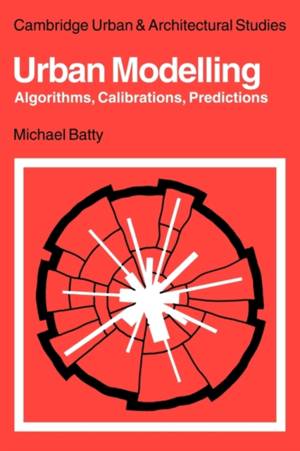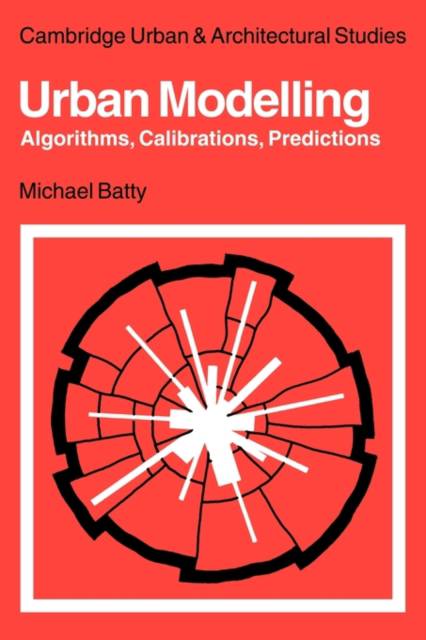
- Afhalen na 1 uur in een winkel met voorraad
- Gratis thuislevering in België vanaf € 30
- Ruim aanbod met 7 miljoen producten
- Afhalen na 1 uur in een winkel met voorraad
- Gratis thuislevering in België vanaf € 30
- Ruim aanbod met 7 miljoen producten
Zoeken
€ 67,95
+ 135 punten
Omschrijving
Originally published in 1976, this book introduced a series of mathematical models of urban phenomena relevant to scientists and planners attempting to understand and predict the form of cities and regions. Dr Batty organises the book around the main theme of designing and using such models in practical situations and develops a family of static and dynamic models dealing with the location of land use and economic activities. He describes the models both as urban theories and as computer algorithms, and thoroughly explores the process of calibrating or 'tuning' the models to reflect reality. Problems concerning the definition of the spatial systems to which these models refer are examined, as are other practical difficulties such as data organisation. The quasi-experimental approach which characterises this style of computer model-building extends to using the models in conditional prediction and Dr Batty discusses their role in the planning process, with their use in testing the impact of public policies on existing conditions.
Specificaties
Betrokkenen
- Auteur(s):
- Uitgeverij:
Inhoud
- Aantal bladzijden:
- 408
- Taal:
- Engels
- Reeks:
- Reeksnummer:
- nr. 3
Eigenschappen
- Productcode (EAN):
- 9780521134361
- Verschijningsdatum:
- 11/03/2010
- Uitvoering:
- Paperback
- Formaat:
- Trade paperback (VS)
- Afmetingen:
- 152 mm x 229 mm
- Gewicht:
- 594 g

Alleen bij Standaard Boekhandel
+ 135 punten op je klantenkaart van Standaard Boekhandel
Beoordelingen
We publiceren alleen reviews die voldoen aan de voorwaarden voor reviews. Bekijk onze voorwaarden voor reviews.











